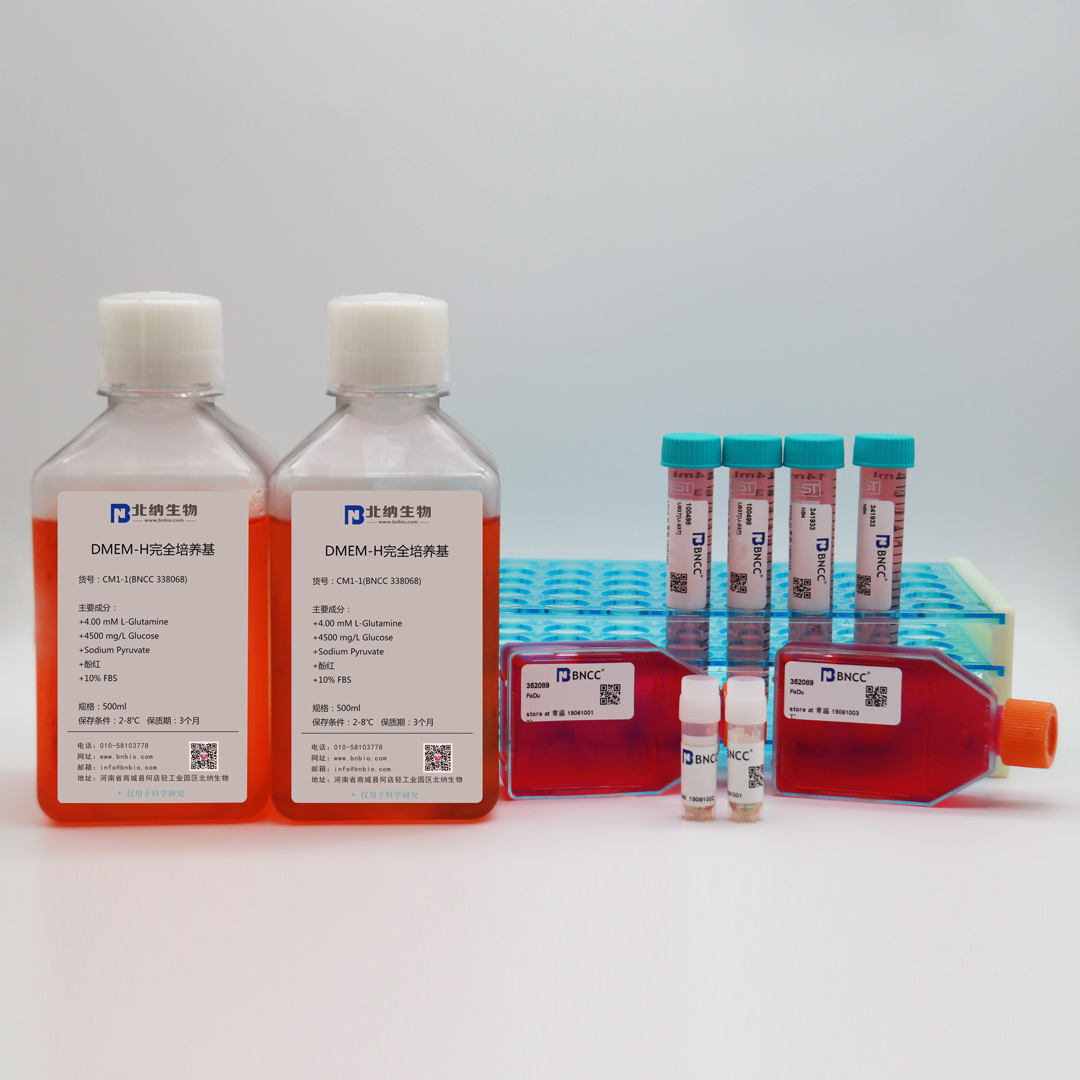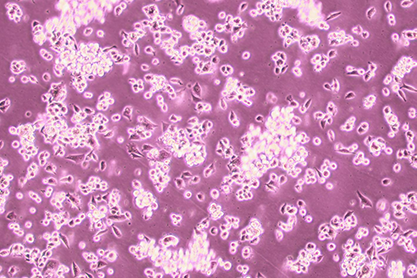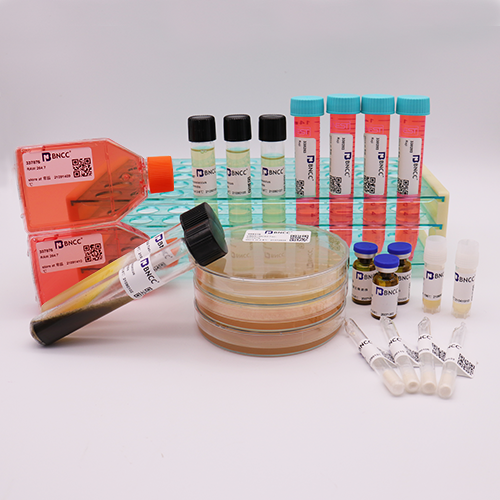Mouse midbrain dopaminergic neuron cells MN9D
BNCC number: 359140
Growth characteristics: semi-suspended and semi-adherent growth
Growth conditions: 37 ℃,5% CO2
Complete medium: 90%RPMI-1640+10%FBS
Cryopreservation conditions: 50%RPMI-1640+40%FBS+10%DMSO
Receiving notice: if any abnormality is found on the day of receipt, please contact the customer service within 24 hours. If it is overdue, it is deemed that the cells are well. For the frozen cells, it shall be stored in the refrigerator at -80 ℃ upon arrival. If they are not used for a long time, they shall be transferred to liquid nitrogen for storage overnight. T25 format: After receiving the product, let it stand in the incubator for 2-3 hours, and then perform routine operations on the cells. Under sterile conditions, transfer the original bottle of culture medium to a centrifuge tube. After centrifugation at 1000-1200rpm/min for 5-10 minutes, resuspend the cells, transfer the suspended cells to the original T25 flask, add complete medium to 10ml, and culture in an incubator. Please operate in strict accordance with this instruction, otherwise, the reissue service will not be provided in case of cell inactivation.
Recovery steps:
①The frozen vial is taken out of liquid nitrogen or -80 ℃ refrigerator and put into PE gloves, quickly submersed into a 37 ℃ water bath, shaken the frozen vial to accelerate dissolution, and it is advisable to dissolve all within 1min;
② Put the dissolved cell solution into a centrifuge tube containing 9ml of complete culture medium in an ultra-clean table, centrifuge at 1000-1200rpm for 5min, discard the supernatant, resuspend the cells with 1-2ml of complete media.
③ The cell suspension was added to T25 flask containing 5-6ml complete medium and cultured in an incubator.
Subculture:
①Aspirate the culture medium (containing suspended cells) into a centrifuge tube, centrifuge at 1000rpm for 5 minutes, and collect the cells
② Gently moistening T25 bottle with PBS for two times, add 1-2mL pancreatin (0.25% Trypsin + 0.02% EDTA); Observe the digestion situation under the microscope. When the cell edge shrinks and the adherent is loose (a pasteur pipette can be used to suck up some pancreatin and gently blow somewhere in the cell layer, and the cell layer can be seen to detach with naked eyes, I .e. digestion is completed, otherwise digestion is continued), directly suck out pancreatin, add 5-6mL of complete medium, gently blow the cell layer off.
③ dispense the cell suspension into a fresh T25 flask as the ratio of 1:2, add appropriate complete culture medium, make the cell suspension well distributed, and culture in an incubator.
④ Pay attention to the change of pH value of media and cell density, renew the media regularly (2-3 times a week), and repeat the passage operation or cryopreservation when the cell density reaches 80%-90%.
Notes:
①The cells are density dependent. Initiate the subcultivation in T25 flask when the cell density reaches 80%; A subcultivation ratio of 1:2 is recommended.
② If the cells in sealed culture bottle, put it into the incubator for cultivation after handling, with the cap unscrewed.
Recovery record: According to the recovery instructions, the results of the cell recovery are reported as follows:
| Item |
quality standard |
Recovery record |
| viability: |
adherence is observed in 18 hours, the cell adherence rate ≥ 80.0% in 130 hours |
adherence is observed in 18 hours, cell adherence rate ≥ 80.0% in 120 hours |
| cell morphology: |
Neuronal cells |
Neuronal cells, polygonal, round |
| attached: |
 |
 |
| conclusion: good viability, no abnormal cell morphology, qualified |
|
|

 info@bncc.com
info@bncc.com
 - English
- English
 - Japanese
- Japanese







